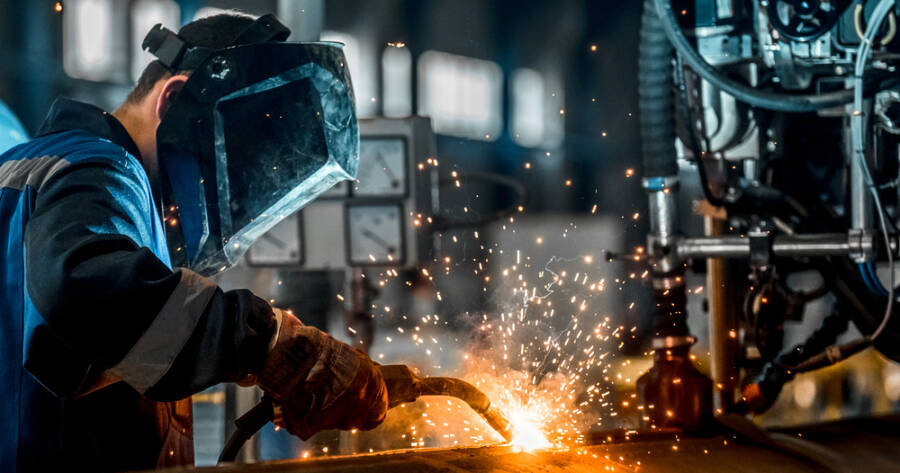Welding offers a dynamic career blending art and science across essential industries like construction and manufacturing. As the demand for skilled welders continues to rise, opportunities abound in diverse sectors with promising financial rewards and career stability. With pivotal education and certification pathways, welding careers offer a rich, hands-on journey full of growth potential.
Diverse Career Prospects in Welding
The welding industry presents diverse career paths that stretch across multiple sectors such as construction, oil rigs, aerospace, motorsports, and military support roles. The median annual wage for welders was $48,940 as of May 2023, but salaries vary based on factors like industry, location, and experience.
Some specialized fields such as natural gas distribution and aerospace offer significantly higher wages. Career opportunities include roles like structural iron and steel welders, oil rig welders, and underwater welders, each with distinct challenges and specialties. A welder’s responsibilities often involve studying blueprints, monitoring processes, and operating various equipment as needed for specific tasks.
Education and Certification: Keys to Advancement
To forge a fruitful path in welding, education and certification are crucial. Most positions require at least a high school diploma and technical training.
Specialized programs, such as the Welding Technology training program at Universal Technical Institute (UTI), prepare aspiring welders for entry-level roles and future career advancement through hands-on and expert guidance. Certifications from recognized institutions like the American Welding Society (AWS) can enhance job prospects and earnings, facilitating roles such as welding supervisor or inspector.
Financial Potential and Career Stability
Welding careers offer substantial financial potential, especially as experience is gained. The average annual salary for professional welders ranges from $57,000 to $77,000, with seasoned professionals earning up to $100,000 annually.
Regions with higher living costs or greater demand for skilled welders, such as Alaska and Hawaii, provide better pay. The job outlook anticipates around 45,800 annual openings due to workforce attrition and retirements, making it an opportunity-rich landscape for skilled welders.
Safety and Work Environment Considerations
Safety is paramount in welding, with welders required to manage hazards such as fumes, electrical shocks, and intense heat. Professionals are trained to adhere to strict safety protocols and protective equipment guidelines, ensuring a safer working environment.
Work settings can vary widely, from outdoor sites under different weather conditions to confined indoor spaces, demanding adaptability and a keen sense of safety from all practitioners.
Skills for Success in the Welding Industry
Success in welding hinges on mastering techniques such as MIG, TIG, SMAW, and FCAW. Welders must be adept at interpreting blueprints, exhibit high manual dexterity, and possess physical stamina and precision.
Lifelong learning and adaptability are vital for staying relevant amidst technological advancements and emerging industry trends. Welders often find fulfillment in transforming raw metals into finished products, a process that demands both creativity and reliable technical skills.
Why You Should Learn More About Welding Jobs
Exploring a career in welding is an inviting prospect for those seeking a hands-on and creative profession with diverse opportunities and growth potential. This field offers a stable career path with financial rewards, spanning multiple industries from construction to aerospace.
The constant need for skilled professionals ensures consistent job security and potential for high earnings. With evolving techniques and a broad range of applications, welding remains a field ripe for exploration and worth considering for a rewarding future.
Sources
Diverse Career Opportunities in Welding
Introduction to Welding Fundamentals
Demand and Financial Rewards of Welding

